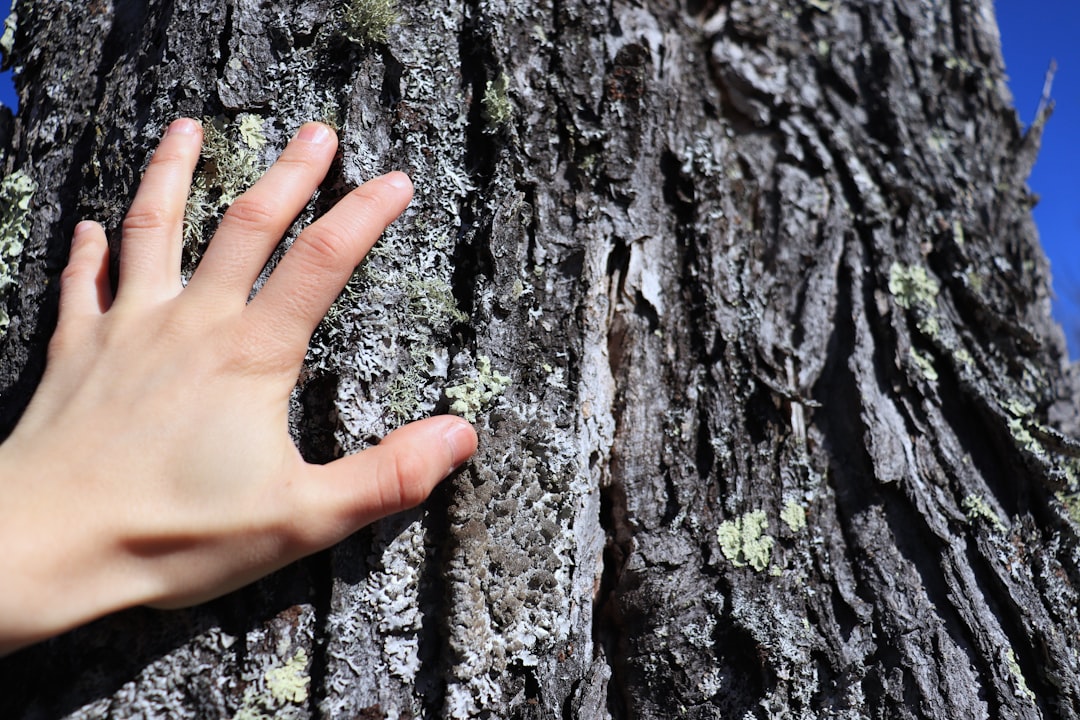Sustainable forestry practices lie at the intersection of environmental stewardship, economic viability, and social responsibility. As forests face unprecedented pressures—from climate change to rapid urbanization—the challenge of managing these natural resources has never been more critical. This blog post explores how sustainable forestry practices strive to harmonize ecological health, economic benefits, and social well-being.
The Ecological Foundation
Preserving Biodiversity and Ecosystem Services
Healthy forests are dynamic ecosystems that support a vast array of species and provide essential ecosystem services, such as water filtration, soil stabilization, and carbon sequestration. Sustainable forestry practices focus on:
-
Biodiversity Conservation: Maintaining diverse species and genetic variation to ensure ecosystem resilience.
-
Ecosystem Function: Protecting natural processes like nutrient cycling and habitat connectivity that underpin forest health.
-
Climate Mitigation: Leveraging forests' natural ability to absorb carbon dioxide, thereby mitigating climate change impacts.
Innovative Management Techniques
Techniques such as selective logging, reduced-impact logging, and variable retention harvesting are central to sustainable practices. These methods minimize disruption to the forest structure and allow ecosystems to recover naturally, preserving critical habitats while still supporting resource extraction.
Economic Considerations
Sustainable Revenue Streams
Forests provide substantial economic value through timber, non-timber forest products, and recreational opportunities. Sustainable forestry practices are designed to generate long-term revenue while avoiding the pitfalls of overexploitation:
-
Timber and Non-Timber Products: Balancing harvest rates with regrowth to ensure a continuous supply of high-quality wood, medicinal plants, and other resources.
-
Eco-Tourism and Recreation: Creating opportunities for sustainable tourism that educate the public about conservation while boosting local economies.
-
Market Incentives: Utilizing mechanisms such as carbon credits and payments for ecosystem services to reward sustainable practices and attract investment in conservation.
Investment in Future Generations
Economic sustainability in forestry also means investing in the future. This includes funding research, adopting advanced technologies like remote sensing and GIS for better forest monitoring, and developing policies that support sustainable forest management. These investments ensure that forests continue to provide economic benefits over the long term, while also adapting to changing environmental and market conditions.
Social Dimensions
Community Engagement and Indigenous Rights
Forests are often home to communities that depend on them for their livelihoods, culture, and heritage. Sustainable forestry practices emphasize:
-
Local Involvement: Actively involving local communities in decision-making processes to ensure that management strategies reflect their needs and traditional knowledge.
-
Equity and Rights: Respecting the land rights of indigenous peoples and other local stakeholders, fostering a sense of ownership and responsibility for forest resources.
-
Capacity Building: Providing education and resources to empower communities to manage their local forests sustainably.
Balancing Urban and Rural Interests
Social sustainability also involves balancing the needs of urban and rural populations. While rural communities rely directly on forest resources, urban populations benefit from the ecosystem services that forests provide—such as clean air, water, and recreational spaces. By integrating social considerations into forest management, sustainable practices can bridge the gap between these diverse groups, ensuring that everyone benefits from forest conservation.
The Road Ahead: A Holistic Approach
Sustainable forestry practices are not static; they evolve in response to new challenges and opportunities. Integrating ecological, economic, and social considerations into a cohesive management strategy is essential. Future directions in sustainable forestry include:
-
Adaptive Management: Using data-driven approaches and continuous monitoring to adjust management practices as conditions change.
-
Technological Innovation: Leveraging advances in remote sensing, machine learning, and other technologies to improve forest monitoring and management.
-
Collaborative Governance: Promoting multi-stakeholder partnerships that bring together government, industry, non-governmental organizations, and local communities to create balanced and effective management strategies.
Conclusion
Sustainable forestry practices represent a forward-thinking approach to managing our natural resources. By balancing ecological integrity, economic profitability, and social equity, these practices offer a pathway to preserve our forests for future generations. Embracing sustainable forestry means committing to a long-term vision—one that respects the interconnectedness of nature, human livelihoods, and the economy, ensuring that forests remain vibrant, resilient, and productive in a rapidly changing world.
In this dynamic era, sustainable forestry is more than a management strategy; it is a commitment to nurturing the natural legacy that sustains life on Earth.

Comments
No comments yet. Be the first to comment!
You must be logged in to comment. Login